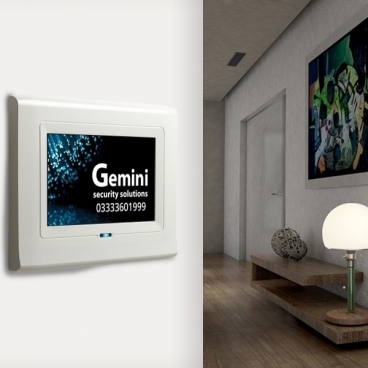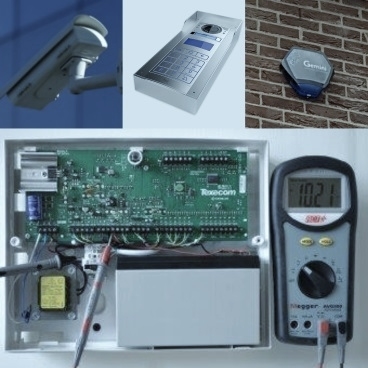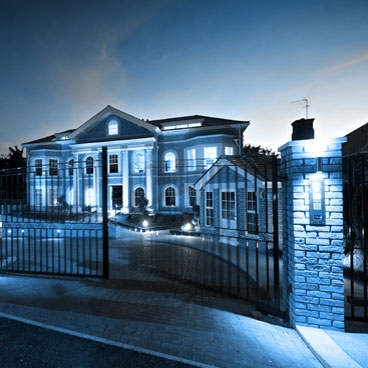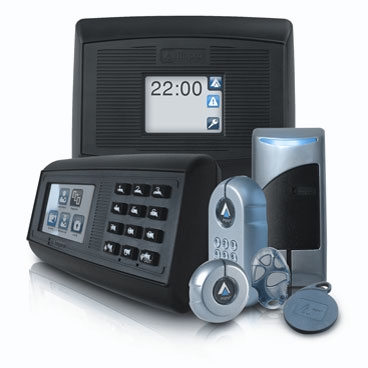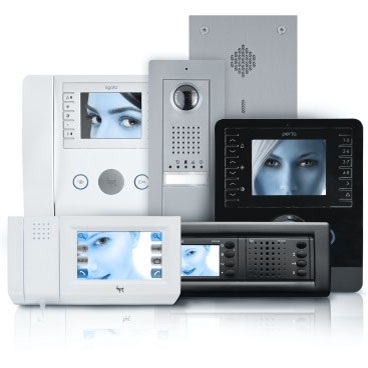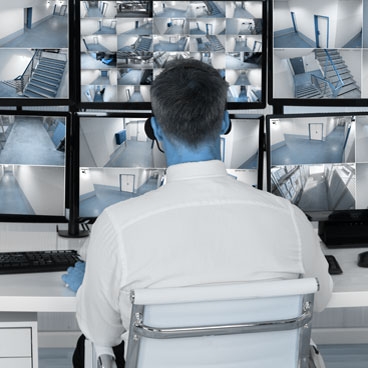The Importance of Burglar Alarms in the UK
Burglar alarms play a crucial role in safeguarding homes in the UK, and their significance cannot be overstated. Here are some of the primary reasons why burglar alarms are essential:
Deterrence:
The mere presence of a visible burglar alarm acts as a powerful deterrent to potential intruders. Criminals are less likely to target a property with a visible alarm system.
Rapid Response:
In the event of a break-in, modern burglar alarms can immediately alert the homeowner or a security monitoring service. This rapid response can lead to the apprehension of intruders or the prevention of theft and property damage.
Notification:
Burglar alarms are equipped with sirens, strobe lights, or other audible and visual alarms that not only alert the homeowner but also notify neighbours and passersby, increasing the likelihood of assistance.
Peace of Mind:
Knowing that your home is equipped with a burglar alarm system provides peace of mind, allowing homeowners to feel safe and secure in their own surroundings.
Insurance Benefits:
Many insurance companies offer reduced premiums to homeowners with burglar alarm systems, resulting in cost savings over time.
Types of Burglar Alarms
Burglar alarms come in various types, offering different levels of security and functionality. The main types of burglar alarm systems in the UK include:
Audible-Only Alarms:
Audible-only alarms feature sirens and strobe lights that activate when an intrusion is detected. While effective at alerting homeowners and neighbours, they rely on the assumption that someone will respond to the alarm.
Monitored Alarms:
Monitored alarms are connected to a monitoring service that receives alerts when the alarm is triggered. The monitoring service can then contact the homeowner and, if necessary, dispatch the police to the property.
Wireless Alarms:
Wireless burglar alarms are easy to install because they do not require hardwiring. They use radio signals to communicate between sensors, the control panel, and any remote monitoring devices.
Wired Alarms:
Wired burglar alarms are hardwired into the property and often installed during construction or renovations. They provide a reliable and robust security solution but are more complex to install.
Smart Alarms:
Smart burglar alarms can be controlled and monitored remotely using smartphones or computers. They offer the convenience of real-time alerts and control over the system's settings.
Bells-Only Alarms:
Bells-only alarms are similar to audible-only alarms but may be linked to a telephone line, automatically dialling pre-set numbers or sending a text message to the homeowner when triggered.
Components of Burglar Alarms
Burglar alarm systems consist of several key components that work together to detect and respond to intrusions. These components typically include:
Control Panel:
The control panel is the brain of the alarm system. It manages all sensors, communicates with the monitoring centre (if applicable), and activates the alarm.
Keypads:
Keypads are used by the homeowner to arm and disarm the alarm system and enter security codes. They can also display system status and provide access to various features.
Sensors:
Sensors detect intrusions and can be placed at various entry points such as doors and windows. Common sensor types include magnetic contacts, motion detectors, glass break detectors, and pressure mats.
Sirens and Strobes:
Audible and visual alarms are crucial components of any burglar alarm system. Sirens produce loud noise to alert occupants and neighbours, while strobe lights provide a visual signal.
Communication Devices:
If the alarm system is monitored, it will have communication devices to transmit alerts to a monitoring centre. These devices may use telephone lines, cellular connections, or internet communication.
Remote Controls:
Some alarm systems come with remote control devices, which allow homeowners to arm and disarm the system without accessing the keypad. These are especially convenient for keychain use.
Backup Power Supply:
To ensure that the alarm system functions during power outages, a backup power supply, such as a battery, is typically included.
Installation of Burglar Alarms
Proper installation is crucial for the effectiveness of a burglar alarm system. The installation process generally involves the following steps:
Site Assessment:
A security professional will assess the property to determine the optimal locations for sensors, keypads, and the control panel. The assessment considers potential entry points and vulnerabilities.
Sensor Placement:
Sensors are strategically placed at doors, windows, and other possible entry points. Motion detectors are also placed in areas with significant traffic or where valuable items are stored.
Control Panel Installation:
The control panel is installed in a secure location, often near the main entrance for easy access.
Wiring and Connection:
For wired systems, the sensors and control panel are connected via hardwiring. For wireless systems, sensors communicate via radio signals, eliminating the need for physical wiring.
Programming:
The control panel is programmed with user codes and settings. This step customizes the alarm system to meet the specific needs and preferences of the homeowner.
Testing:
Once the installation is complete, the alarm system is thoroughly tested to ensure all components function correctly. This includes testing sensors, keypads, sirens, and the control panel.
Training:
The homeowner is provided with training on how to use the alarm system, including arming and disarming, entering security codes, and responding to alarms.
Best Practices for Maximising Home Security
To get the most out of a burglar alarm system and ensure comprehensive home security, consider the following best practices:
Regular Testing:
Periodically test the alarm system to ensure that all components are functioning correctly. Most systems have a test mode that allows you to check sensors and alarms without triggering a false alarm.
Maintenance:
Schedule regular maintenance to keep the alarm system in optimal working condition. Address any issues promptly to avoid security gaps.
User Code Security:
Change the default security code for your alarm system, and avoid using easily guessable codes. Update codes periodically for added security.
Signage:
Display alarm system signs and stickers near entrances and windows to alert potential intruders to the presence of a security system.
Remote Access:
If your alarm system supports remote access, configure it to receive real-time alerts and monitor your system from anywhere.
Backup Power:
Ensure that the backup power supply is in good working order and replace the battery when needed to prevent disruptions during power outages.
Security Assessment:
Periodically reassess your home's security needs and make adjustments to the alarm system as required.
Conclusion
Burglar alarms are vital components of home security in the UK. These systems offer homeowners a sense of security and peace of mind, knowing that their properties are protected from potential intruders and burglaries. By choosing the right type of alarm system, understanding the components and installation process, and following best practices, you can create a robust security solution that safeguards your home, belongings, and loved ones. In a world where security is paramount, burglar alarms play a critical role in achieving the peace of mind that every homeowner deserves.









